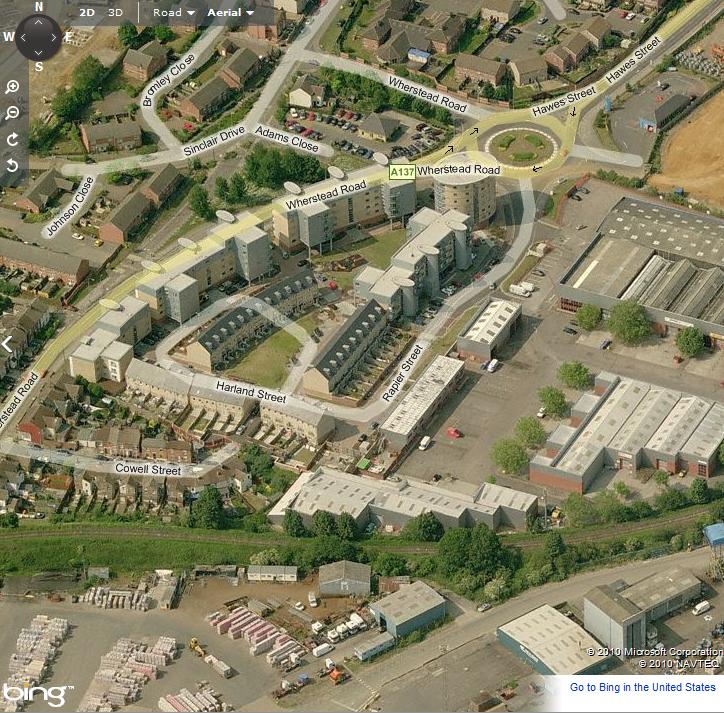When Teleportation was first developed in early 3.2.C, there was vehement opposition to its adoption for human transportation. Disassembling the atoms of a person at location A, transferring their quantum-precise state as information and using it to reassemble them from different atoms at location B; was heatedly argued to be quite different from moving a person from A to B. One of the spheres of human thought to feel most threatened was spiritualism, or more precisely, Religion.
Finally trial runs were carried out with a pioneering group of human volunteers, garnering intense public attention despite best attempts at privacy. When the participating individuals proved to be fine and without side affects (as many artificial rodents had been previously), the debate only heightened. “We do not transmit souls across, yet these people are no different than they were before. How can you claim there to be a soul when it affects nothing?” argued project observer, Dr Zan Taku Blinar. Spiritual counter-arguments held that, as the soul’s mechanism was unknown, it couldn’t be ruled out as somehow following the intended person to their new form.
There was also much agitation about the subjective experience. If you step into a booth that destroys all your atoms, you are actually killed; despite the fact it doesn’t feel like it. To the traveller, you merely become unconscious and wake up in a new location. It is compared by most to the sensation of falling asleep. It seemed incontrovertible now, that human consciousness was anything more than immense patterns fired by the brain’s neurons.
As ever, it was the economy of convenience that won out and humankind soon embraced the benefits of travelling as information; with the vast new avenues it opened for interplanetary flight (an endeavour that had stagnated for hundreds of years as humans sought to break the light barrier) to name just one. Those adverse to teleportation became a common but private assortment; like those with apprehensions about flying.
In the years that followed, many religions attempted to reconcile with the implications of teleportation. Some even claimed that teleporting successfully proved the strength of the ‘tether’ to one’s soul, with some cults even going so far as using teleportation in rituals to prove faith. Nevertheless, religion by 3.2.C was more of a personal pursuit than the political force it had once been.

